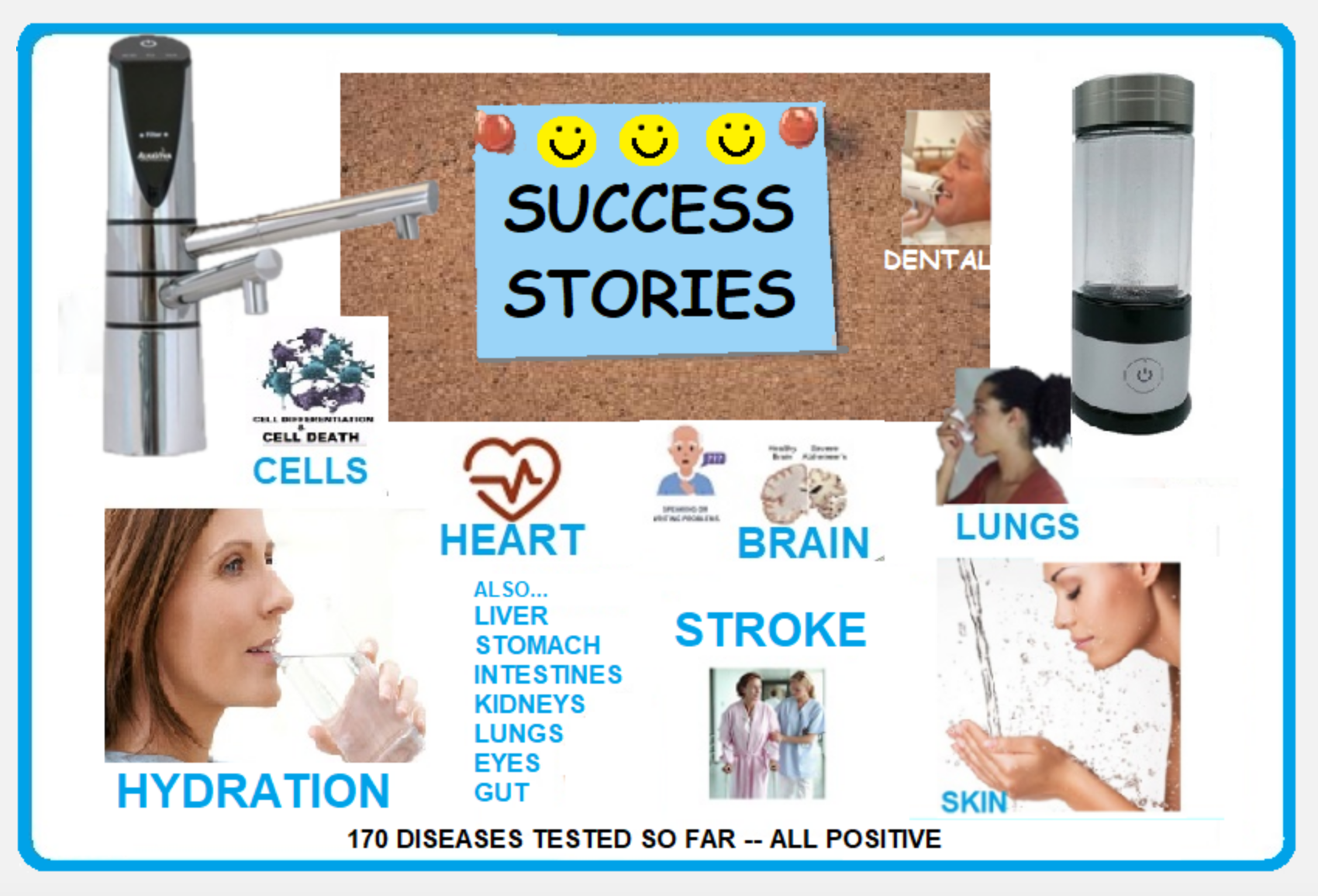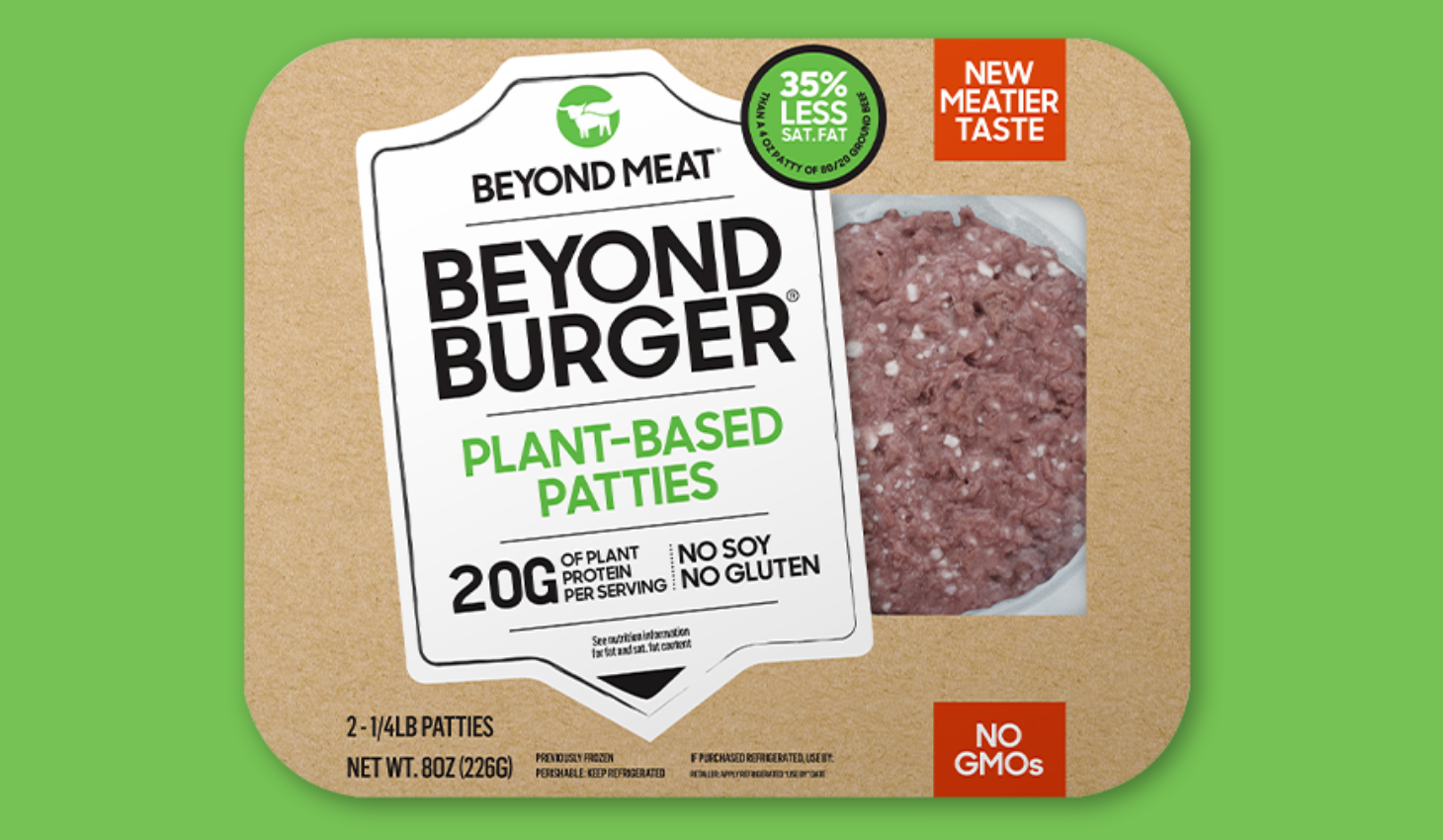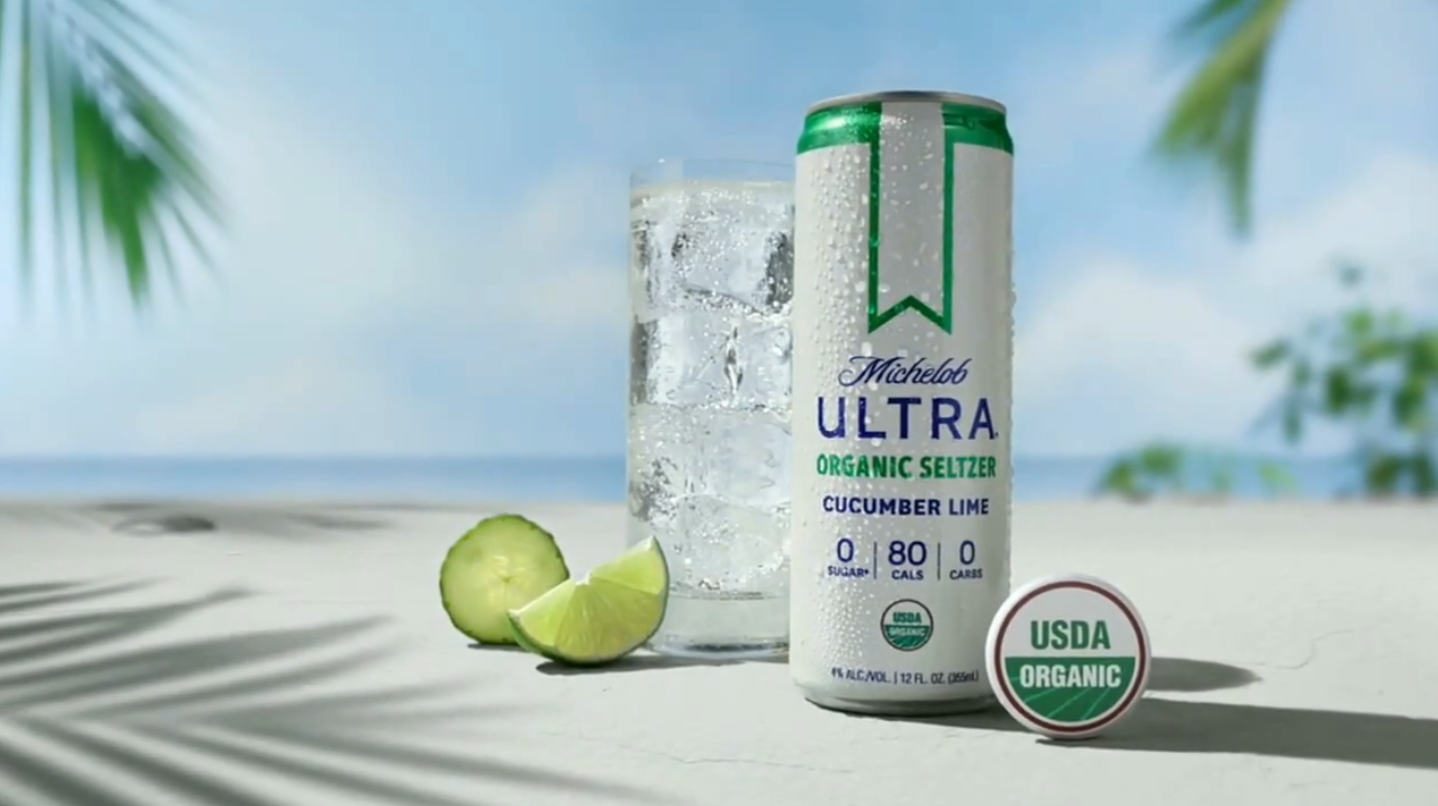
Alkaline Water Plus
Are there really any benefits to drinking alkaline water?
There’s something fishy about this can of Bumble Bee tuna and it’s not the fish. It’s the words “NON GMO” on the top of the can. This is because the product contains soy, an ingredient that the organization that provided the non-GMO certification, the Non-GMO Project, says is at a high risk of GMO contamination as “the number one genetically modified crop in the world.”
TINA.org reader Dru I. said he would not have purchased the tuna had he known soy was an ingredient. (He did not check the ingredients list on the side of the can in the store. “What stood out was the ‘Non-GMO Verified’ Stamp,” he wrote to TINA.org.) When he reached out to Bumble Bee for an explanation, a representative seemed to confirm that the soy was not non-GMO, just the tuna was.
“It is the tuna that is a wild fed product,” the representative said, according to a transcript of the online chat Dru provided TINA.org. “That is what the label is referring to. Not the soy.”
Dru was incredulous.
“The label refers to the entire content of the can!” he wrote back. “[N]ot just the tuna.”
It was at this point that he contacted TINA.org.
Bumble Bee did not respond to our questions. The Non-GMO Project did, but the nonprofit — which lists on its website more than 50,000 products it has awarded the right to bear its butterfly seal as “verified” non-GMO products — had a different answer than the one Bumble Bee gave our reader. A spokeswoman said that ingredients deemed by the group to be at a high risk of GMO contamination are subject to extra scrutiny, and that laboratory tests conducted on the tuna would have revealed that the soy in the product was not, in fact, genetically modified.
“According to the Non-GMO Project Standard, major (testable) high-risk ingredients — such as soy — must be tested before they can be used in a Non-GMO Project Verified product,” the spokeswoman said in an email. “A Non-GMO Project Verified product can be 100 percent soy; it just has to be non-GMO soy.”
Just don’t confuse “non-GMO” with “GMO-free.” Because the Non-GMO Project says it cannot claim the latter. And one of the reasons has to do with “limitations of testing methodology,” according to the last of a dozen “Verification FAQs” on its website:
Unfortunately, “GMO Free” and similar claims are not legally or scientifically defensible due to limitations of testing methodology. In addition, the risk of contamination to seeds, crops, ingredients and products is too high to reliably claim that a product is “GMO Free.”
The Non-GMO Project adds that consumers should view the seal as “a true statement acknowledging the reality of contamination risk.” It further states that it provides the continent’s “only independent verification for products made according to best practices for GMO avoidance,” though food companies do pay a fee of $70 per product.
So next time you’re in the grocery store try and pay at least equal attention to the ingredients listed on the back (or side) of packaging as you do the marketing jargon on the front (or top). That’s where you are more likely to find the answers you’re after.
Find more of our coverage on GMOs here.
Our Ad Alerts are not just about false and deceptive marketing issues, but may also be about ads that, although not necessarily deceptive, should be viewed with caution. Ad Alerts can also be about single issues and may not include a comprehensive list of all marketing issues relating to the brand discussed.
Are there really any benefits to drinking alkaline water?
TINA.org investigates ingredients in company’s flagship product, the Beyond Burger.
Consumers aren’t the only ones who watch the ads. Competitors do too.

